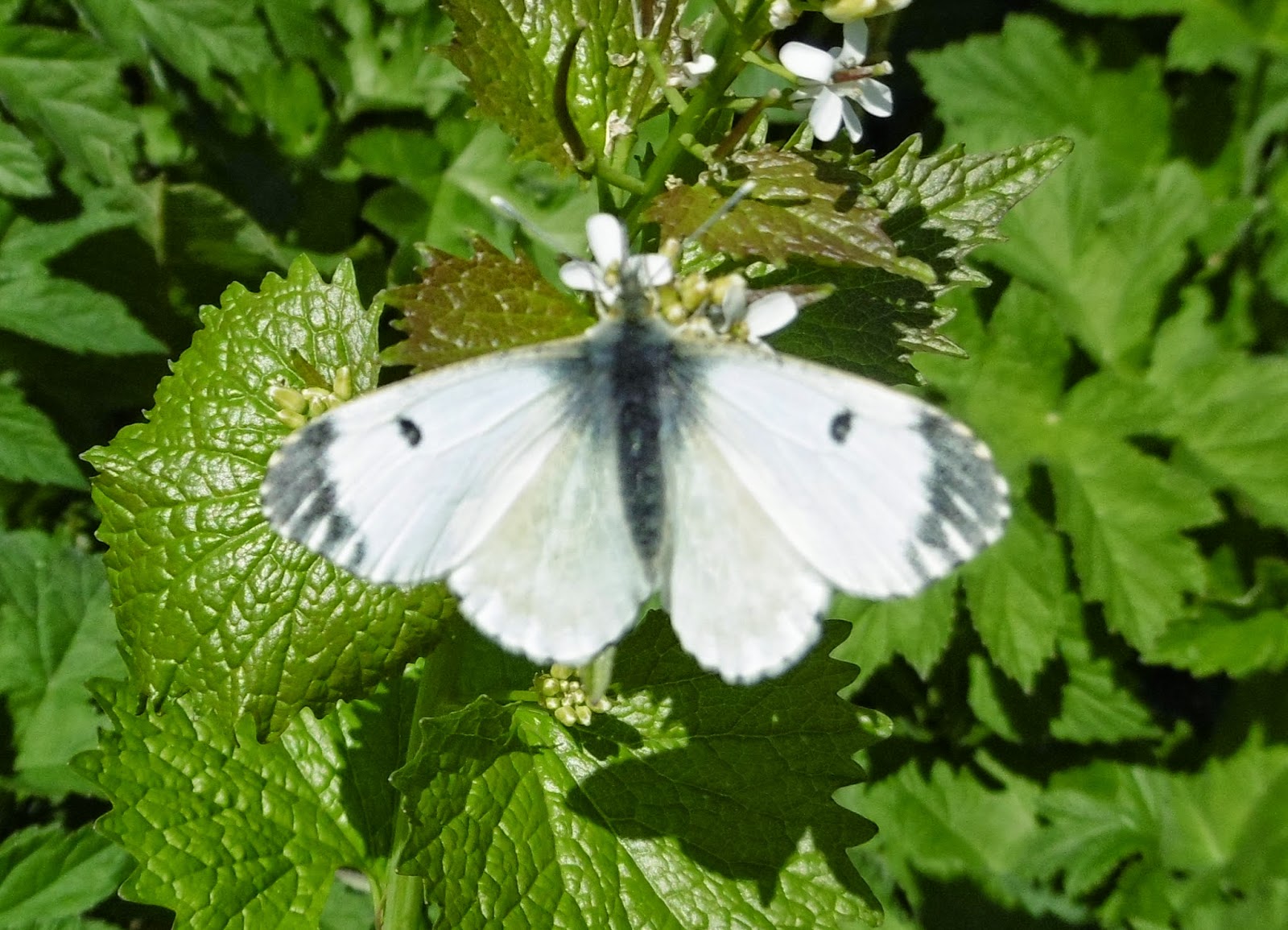I remember our boys coming home from primary school many years ago and being very taken with a word their teacher had used - chiaroscuro. Here's an example, courtesy of a Powdered Quaker which shared the trap this morning with three Hebrew Characters and a caddis fly. Lean times continue.
The word means light and shade, the contrast beloved of Italian artists during and just before the Renaissance. It was also very fashionable, excessively so, when I was a teenager and there was a fad for portraits done with one half of the face in chiaro and the other in scuro. Impressive the first time you saw it. Less so by the hundredth.
I looked back at April last year on the blog, meanwhile, and was staggered by the number of species which had visited the trap by the end of the month - five different types of Prominent moth, a Streamer, a Chinese Character and much, much else. Still, it's quite nice to have a slow and dignified start to 2015, so I'm not complaining.
Here, finally, is the companion of our current drive to get the veg patch in order. Little poser.














































